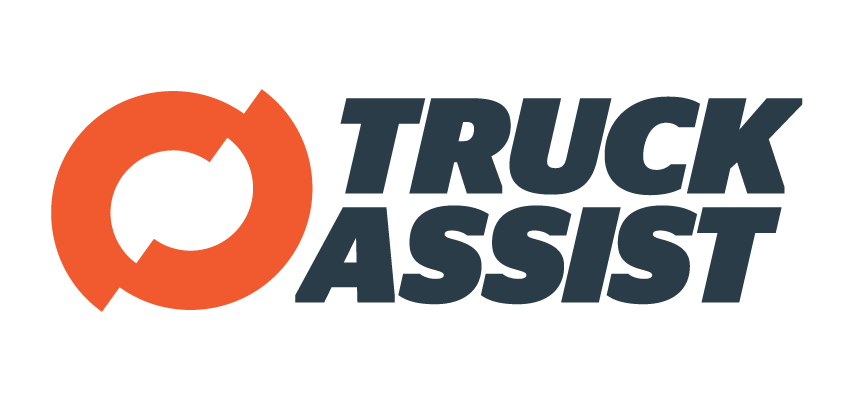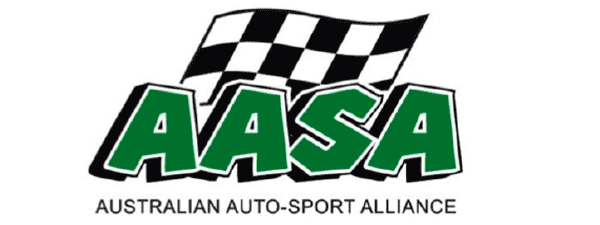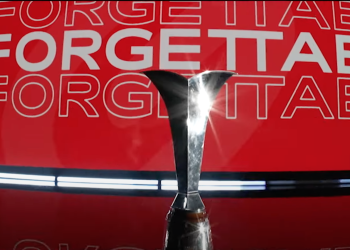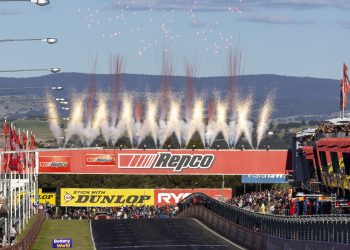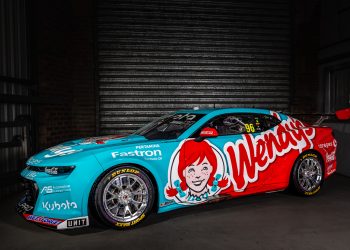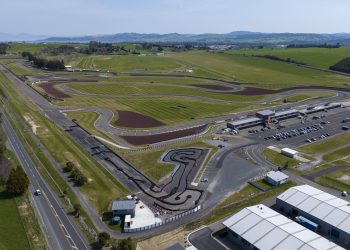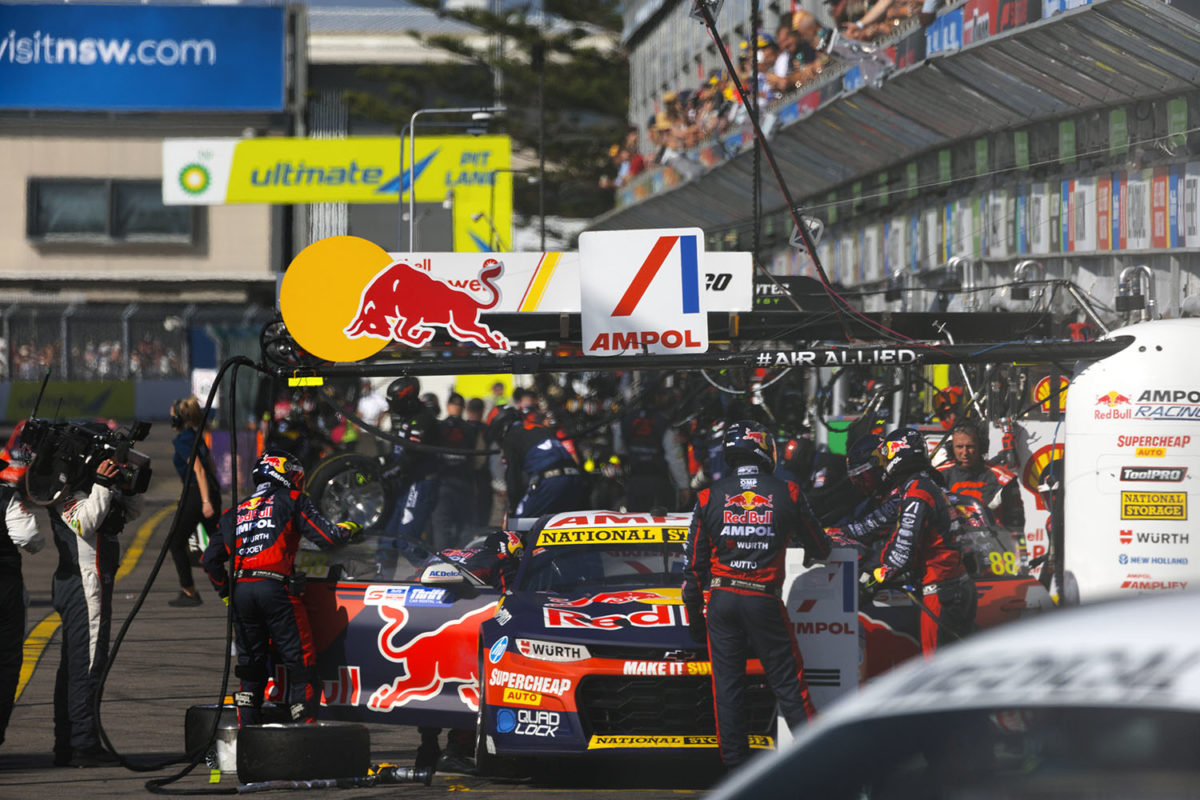
Triple Eight's appeal against its twin disqualification at the Newcastle 500 has now been heard and dismissed, and now we take a deeper dive into why that was so.
Why did the appeal panel make the decision which it made, how did we arrive at this point, and what have been the ramifications of the rush to finish the Gen3 project?
It is certainly a comprehensive document, which tells us why the Red Bull Ampol Racing Camaros of Shane van Gisbergen and Broc Feeney have not been restored to first and second position (respectively) in the classification of Race 1 of the Repco Supercars Championship (perhaps as a substitute for a less severe penalty).
Ultimately, the Banyo-based squad could not convince the three-person appeal panel for two reasons:
- The Supercars Head of Motorsport (HoM), Adrian Burgess, does not in fact have the authority to have unilaterally approved the otherwise non-compliant mounting of the cooling system
- Triple Eight did not make a case for ‘minor non-compliance' in the stewards hearing held in Newcastle
Cars #88 and #97 were penalised for a breach of Rule C16.2.1.1, which prescribes that “[Rule C16.2.1; Any Driver cooling system that contains a cooling medium must be] mounted within the cockpit utilising the mounting points designated in the GSD for the passenger seat.”
The argument which Triple Eight made in Newcastle, and again in the appeal hearing, is that Team Manager Mark Dutton had shown the placement of the dry ice box to Burgess in their garage on the Thursday immediately prior to track activity, and he gave verbal approval.
Burgess agreed he had seen the system but disagreed he gave any permission to mount it in the otherwise non-compliant location, to the right of the driver's seat.
The stewards accepted that both parties were sincere in their belief about the verbal approval (or otherwise), putting it down to a misunderstanding, but the HoM had to prevail.
As it turns out, the appeal panel decided that such permission, in and of itself, would have been insufficient.
As the decision paper reveals, Triple Eight attempted to invoke Rule C2.1.6 to support their position that their cars were legal because Burgess approved the installation of the cooling system.
That rule states, “Each Competitor is responsible for ensuring that their Car complies with the conditions of eligibility contained in the Rules throughout each Event and all Supercars authorised activities including all rides and at a Supercars Test Days as described in Rule D1, unless instructed by the HoM.”
What is explained in Paragraphs 17 to 23 of the decision paper, in a nutshell, is that Burgess (or whomever the HoM may be) is not God.
The appeal panel determined that the HoM does not have “unconstrained power to authorise a departure from the rules” because they could then effectively make up rules at any time.
The HoM would have to “make a written record” of the ‘instruction' of the type referred to in Rule C2.1.6, which the stewards could then decide to accept. However, there is also a provision for stewards to act as though that had happened “if a question of eligibility is raised after the competition.”
It is an interesting position which the panel has taken, because it is in contrast to what Speedcafe.com understands has been the situation that verbal approvals have been commonplace in recent times due to the rushed rollout of Gen3.
That point aside, the appeal panel noted that the HoM would need a good reason to give such an instruction.
‘Minor Non-Compliance' is covered by Rule C2.4 of the Supercars Operations Manual, and was identified by the panel as one such possibility (the panel did not nominate an exhaustive list).
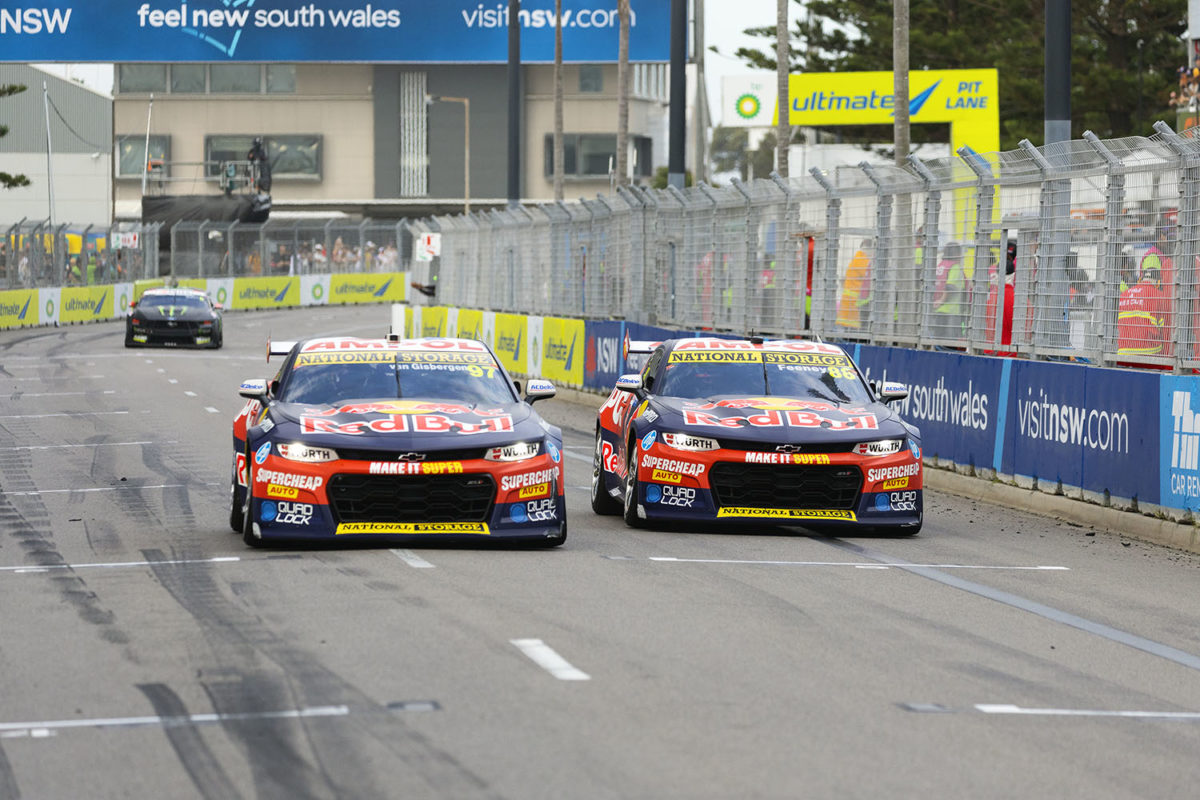
It requires the HoM to advise stewards, “In my view, the minor non-compliance noted in the log book of this Car does not improve the performance to such an extent that the Car should be disqualified from this Event, and thus it may compete in this condition for this Event only.”
Notably, the stewards still have the option to deny that approval from the HoM.
So, then, to the question of Rule C2.4, and the appeal panel took the position that the question is in fact moot.
That is because, while the issue of a performance advantage was mulled over in the stewards hearing by Deputy Race Director David Mori, Triple Eight “did not raise it [application of Rule C2.4] for determination before the Stewards.” Perhaps that was also a misunderstanding.
Regardless, the effect is that Triple Eight could not rely on minor non-compliance to validate the (alleged) HoM instruction, ergo, absent of any other rule it might seek to invoke in connection with Rule C2.1.6, the HoM instruction was not valid anyway.
Had it done so, then it seems probable that the appeal would have gone back to hinging upon whether or not Burgess had given approval, and for what reason/s.
The discussion paper does consider when a performance advantage might occur, and how.
Triple Eight obviously sought to improve its overall performance by installing the cooling systems, because feeding cool air to the driver's helmet (which was the purpose of the dry ice box, as it is beyond the present capability of the ChillOut system which services the cool suit only) will improve the driver's performance.
Mounting the system on the driver's side, however, detracts from the performance of the car itself as the distribution of weight is suboptimal and, as the panel noted, “there was no suggestion that the alleged breach (ie, the placement of the system on the right-hand side) improved performance.”
We are now into the realms of the hypothetical, but it is interesting to consider what might have happened had Triple Eight specifically raised Rule C2.4 on that fateful Thursday, using that logic.
Ideally, there would be a formal process for authorising such instances of minor non-compliance and, as the panel notes, Rule C2.4 does prescribe a process.
Why was the process not followed, and why did Triple Eight not present fully compliant cars?
Supercars only announced formal homologation of the Gen3 race cars on the Wednesday immediately prior to the Newcastle event, and had still been conducting parity testing with the prototypes in the week before, an exercise which drew on Triple Eight manpower.
If it is indeed true that verbal approvals such as that which Triple Eight thought it received have become commonplace, the question has to be asked why.
On the balance of probabilities, it would appear that the delays in completing the Gen3 project have had significant sporting implications, with van Gisbergen now the hunter, rather than sitting on top of the championship points table after the opening event of the season.

